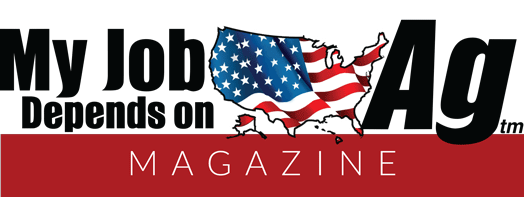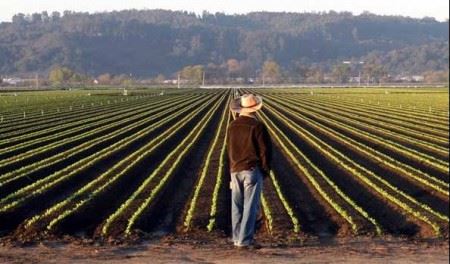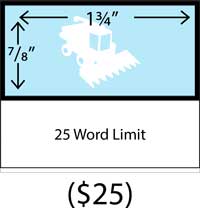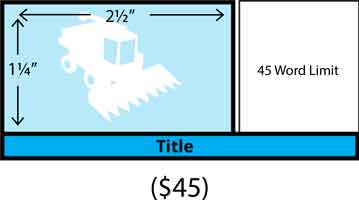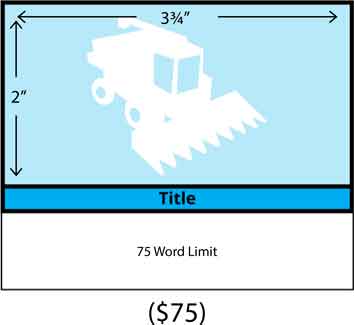Fear can very easily cause panic, as was demonstrated during Covid-19. There was no shortage of drama swirling around the virus itself, and other uncertainties such as the agricultural industry.
The future of agriculture, our food supply, and in many cases, jobs, caused people to (rightfully) worry. However, there were some irrational fears overshadowing the truths, as media tends to do.
We can argue there are two very important goals in our industry: the ability to feed all our people high-quality food, and the ability to create value in the excess products. When we read headlines that constantly warned us of a food shortage, we worried about both. Fear of imports of inferior products, cost, and the bad markets for our own products, was high.
On the beef side of the things, many people on social media demanded to stop imports, and President Trump suggested a similar idea in May.
“I read yesterday where we take some cattle in from other countries. We have trade deals. I think you should look at terminating those deals,” Trump said. “We have a lot of cattle in this country.”
However, we MUST consider the importance of trade in our economy, and in our food security.
Being able to provide food for ourselves is a national security that is crucial to the success of our country and ensuring that we can thrive. In a webinar series by North Dakota State University, “Intersection of the Cattle and Beef Industries,” Industry experts explain how trade, imports and exports, are important to our beef industry. This is like other areas of trade as well, though.
This webinar states that while we import about 11 percent of our beef supply, we consume roughly 98 percent of the beef we produce here. This is because there are parts of a killed cow that Americans don’t want on their plates. The demand for these items is very low in our country, but other countries whose cultures prefer these products are willing to pay more than your average American. So, we export to those countries. Likewise, there are cuts and products we highly value in the USA, and because we don’t produce enough to meet demand, we seek to import in order to keep supply on the shelves.
If we looked at what we are importing, most of it is trimmings for hamburger. Which is the most demanded item in the U.S.
When you consider a pandemic, and a backlog in packing houses due to closures that prevent processing beef, you realize our imports had to increase in order to keep supply on the shelves. If you look at a chart from ERS/USDA, our imports come mostly from Canada, Australia, Mexico, and New Zealand.
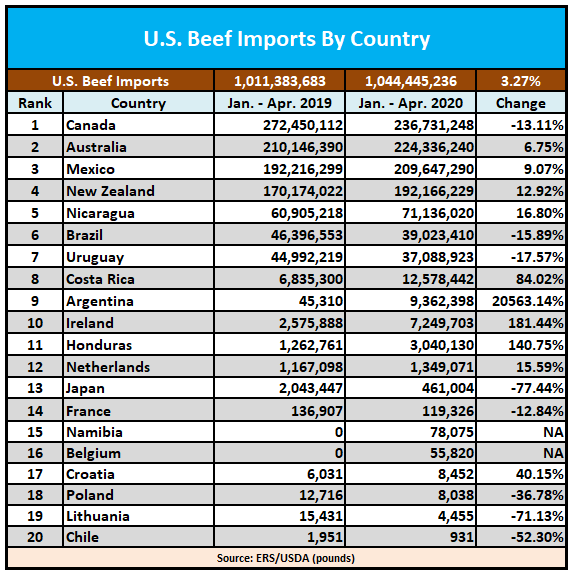
There is a lot of debate regarding beef trade. But, it’s important to understand how trade benefits, and adds value, to our products that consumers demand, or don’t demand here. In a Drovers Magazine article by Tyne Morgan back in May 2020 titled “Halting Beef Imports Could Hurt Demand, Spark Unintended Consequences,” Scott Brown, an economist with the University of Missouri, states, “We have to talk about what kind of beef it is that we’re talking about importing versus what we’re exporting, which when you think about how the rest of 2020 unfolds, we need strong beef exports out of the United States to keep cattle prices higher than otherwise would be the case. I wouldn’t want to get in a situation where we’re not allowing any imports of beef, allowing other countries that we export to maybe put similar restrictions on our products. So there there’s something about fair trade that’s important here in how we participate in a global market that’s important. We have a great chance to grow beef exports this year.”
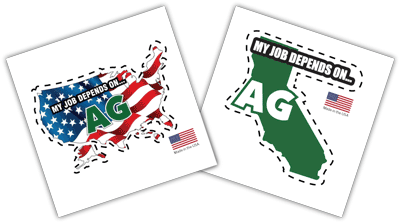
Similarly, in the same article, Brett Crosby, a rancher and economist states, “The last thing we want to do is as beef producers is to create a larger shortage or to make beef unaffordable for those who want it,” says Crosby. “The law of supply and demand says that if we decrease supply, we are going to have to increase price or else we’re going to have a shortage. So ultimately, I expect that reducing imports will reduce supply, causing increased prices, and it will be detrimental to the industry in the short-term.”
Darrell S. Peel, extension livestock marketing specialist at Oklahoma State University, wrote a piece for Beef2Live.com titled “How Beef Trade Adds Value to the Beef Industry” that states “Beef imports are largely driven by the enormous market for ground beef in the U.S. Roughly 72 percent of beef imports are lean trimmings used primarily to make hamburger. In 2016, ground beef consumption was estimated at 25 pounds per capita, making up 45 percent of total U.S. retail beef consumption. Imported beef is used to supplement domestic supplies of lean trimmings which are mixed with the fatty trimmings from fed cattle to make ground beef. Without additional lean, some of those fed trimmings would have, at best, value as tallow rather than as ground beef.”
He goes on to explain what would happen without beef imports.
“…one of several outcomes would impact the U.S. beef industry: 1) less ground beef would be produced, reducing the value of the nearly 150 pounds of fed trim from each carcass; 2) some steers and heifers (roughly 10-15 percent) would need to be raised and slaughtered as nonfed beef for lean (…think Australian range beef…) and would be valued roughly the same as cow carcasses or 3) additional lean from fed carcasses could be ground for hamburger rather than being used for whatever higher value it currently has. In each case the value of U.S. beef production is lower than it is when supplemented with imported beef. Imported beef compliments domestic production to improve product utilization in the domestic market and increase the total value of production.”
He ends his article with a statement that expresses the importance of beef trade, both imports and exports.
“Beef imports are often viewed as (partially) offsetting beef exports thus reducing the net value of beef trade. In reality both beef exports and imports add value to the U.S. beef industry. Beef trade, both exports and imports, helps to sort out the complex set of beef products in domestic and international markets to maximize the value to U.S. beef producers.”
There was a lot of fear that caused panic during the pandemic. When we are fearful, it’s understandable that we tend to protect our own resources and want to ensure we can survive. However, we must look at the bigger picture and realize that trade is a key to our success, and survival, not a threat.
